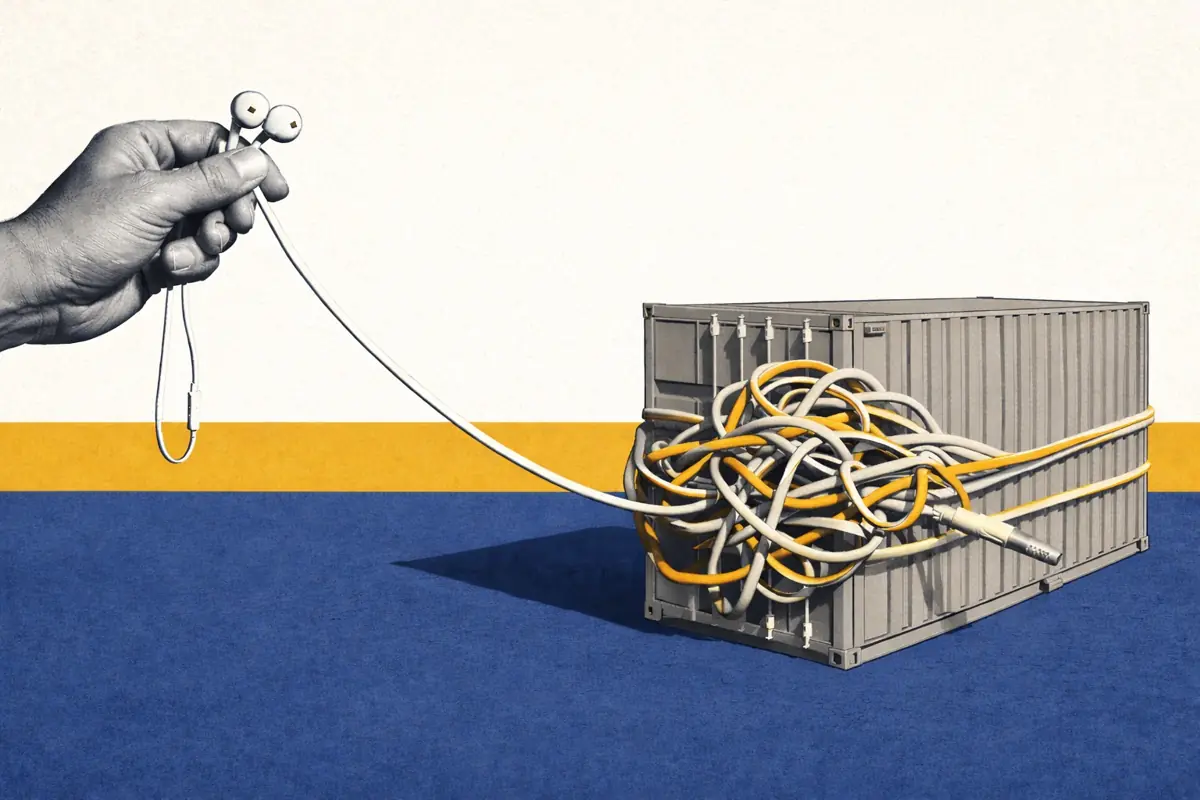Battery energy storage buildout: 18 GW in ERCOT by the end of 2025?
Battery energy storage buildout: 18 GW in ERCOT by the end of 2025?
In July 2024, two new battery energy storage systems reached commercial operations in ERCOT.
Each site is a 9.9 MW/9.9 MWh site in the South Load Zone. This brings the total installed rated power of batteries in ERCOT to 5,305 MW. Total installed energy capacity now sits at 7,437 MWh.
This meant the ratio of installed energy capacity to rated power remained consistent at 1.4.

The buildout of battery energy storage continues to accelerate in ERCOT, with 2.7x growth since the beginning of 2023. But will this acceleration continue across the next 18 months?
How much battery energy storage will there be in ERCOT by the end of 2025?
By the end of 2025, Modo Energy predicts that there could be as much as 18 GW of battery energy storage in ERCOT.
This would represent an incredible 239% growth from the current total of 5.3 GW.
But, let’s compare this to two of the most common sources for buildout data. These are:
Already a subscriber?
Log in







